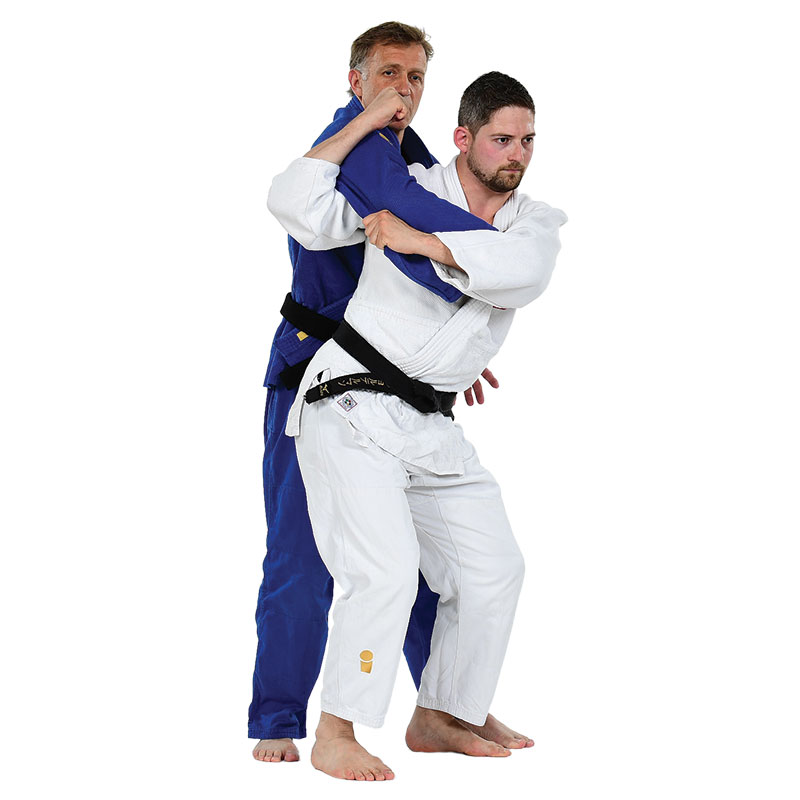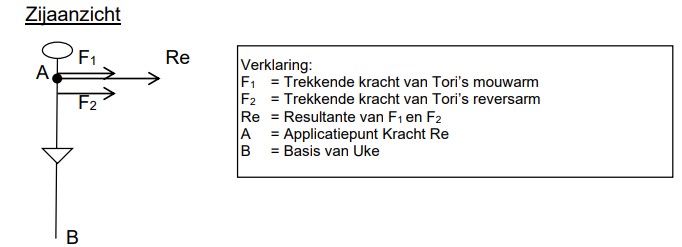Ippon-seoi-nage – 本背負投 – One-arm Shoulder Throw
Classification: Nage-waza (throwing technique) – Te-waza (hand technique)
Type: Forward throw
Kodokan-recognised technique
Difficulty: ★★★★☆
Technical Description
Ippon-seoi-nage, or One-arm Shoulder Throw, is a powerful forward-throwing technique where the tori (thrower) turns inward under uke’s (opponent’s) armpit, loads them onto the back using one arm, and launches them over the shoulder.
The throw begins by breaking uke’s balance (kuzushi) forward. Tori then rotates to the left, maintaining a strong grip on uke’s inner right sleeve, while slipping the right arm underneath uke’s armpit to grip the upper sleeve or shoulder. Uke is then pulled tightly onto the back and projected over tori’s right shoulder with force and precision.
This technique requires precise timing, deep entry, explosive power, and coordination.

Biomechanics of Ippon-seoi-nage
This throw can be executed via different biomechanical principles depending on the variation:
- (a) Moment (Torque): Tori rotates uke over the back using rotational momentum.
- (b) Lever: The arm under uke’s armpit acts as a fulcrum to pivot uke over the shoulders.
- (c) Couple (Koppel): A pushing-pulling motion using both hands to rotate uke over the back.
The kuzushi is directed forward, which aligns well with uke’s natural forward movement or aggressive posture.

Methodical Progression
Below are structured practice methods to help judoka isolate and master components of the technique.
Renraku-waza 連絡技 – Combinations in Opposite Directions
Renraku-waza, or “linking techniques”, involve combining throws in opposite directions. If the first attack is resisted or partially defended, tori redirects the movement and executes a second throw in the opposite direction. This approach is highly effective for breaking uke’s defence and regaining initiative.
Renzoku-waza 連続技 – Combinations in the Same Direction
Renzoku-waza refers to consecutive techniques that follow the same direction of movement, progressively unbalancing uke until a throw is achieved. While less discussed explicitly, this principle is widely used in randori and shiai to maintain pressure and rhythm.
Combinations Starting with Ippon-seoi-nage
Deel 1
Combinations Starting with Ippon-seoi-nage
Deel 2
Combinations Ending with Ippon-seoi-nage
Part 1
Combinations Ending with Ippon-seoi-nage
Part 2
Kaeshi-waza 返し技 – Counter Techniques
Kaeshi-waza refers to counter-throws where tori reverses uke’s attack using timing and redirection. The key elements include:
- Exploiting Unbalance: Uke becomes temporarily unstable during their attack. Tori uses this moment to counter.
- Redirecting Force: Rather than resisting, tori guides uke’s force into a vulnerable angle.
- Blending with Movement: By moving with uke’s attack, tori stays in control and prepares a reversal.
These counters are fundamental to tactical judo and emphasize using uke’s momentum against them.